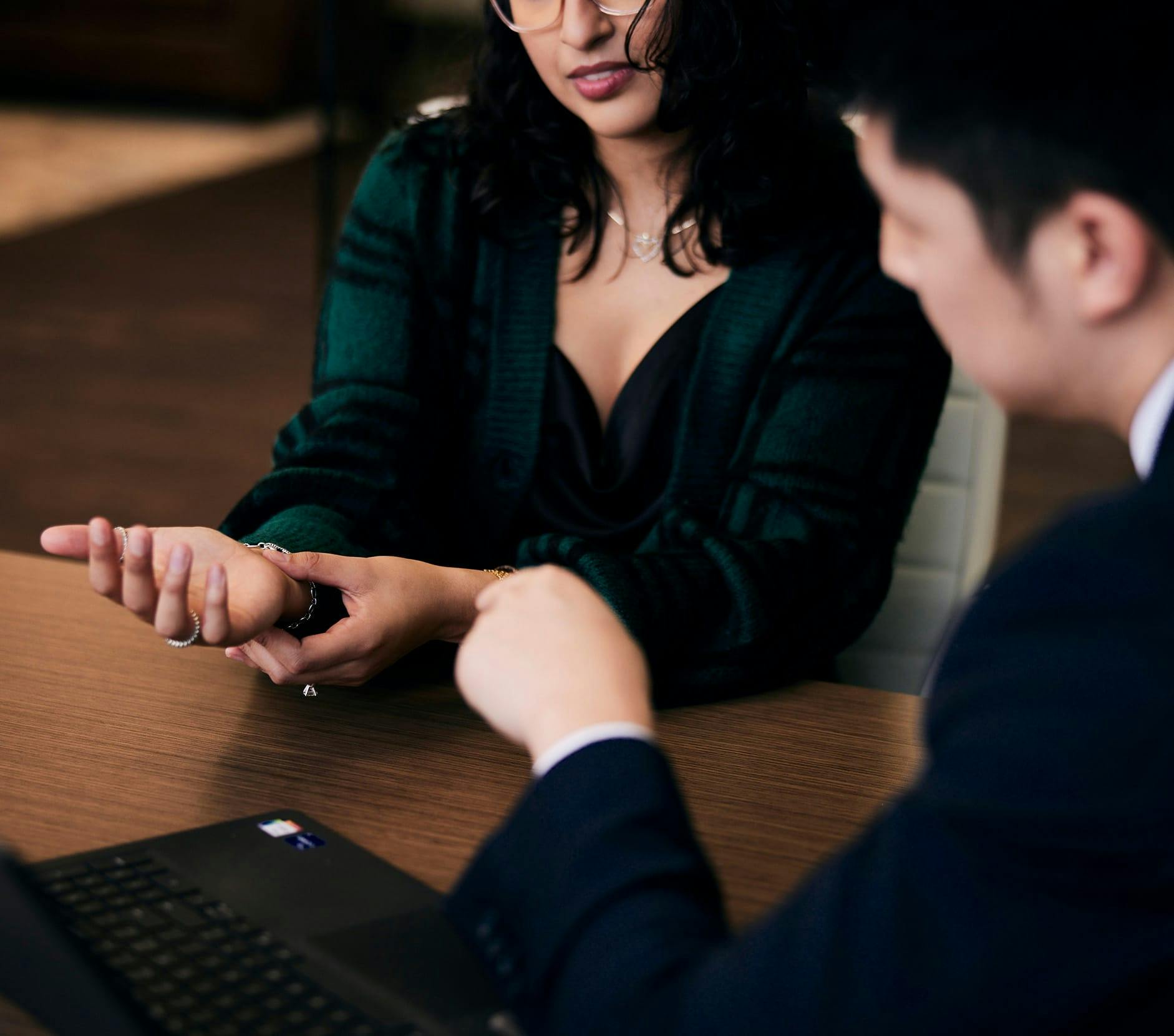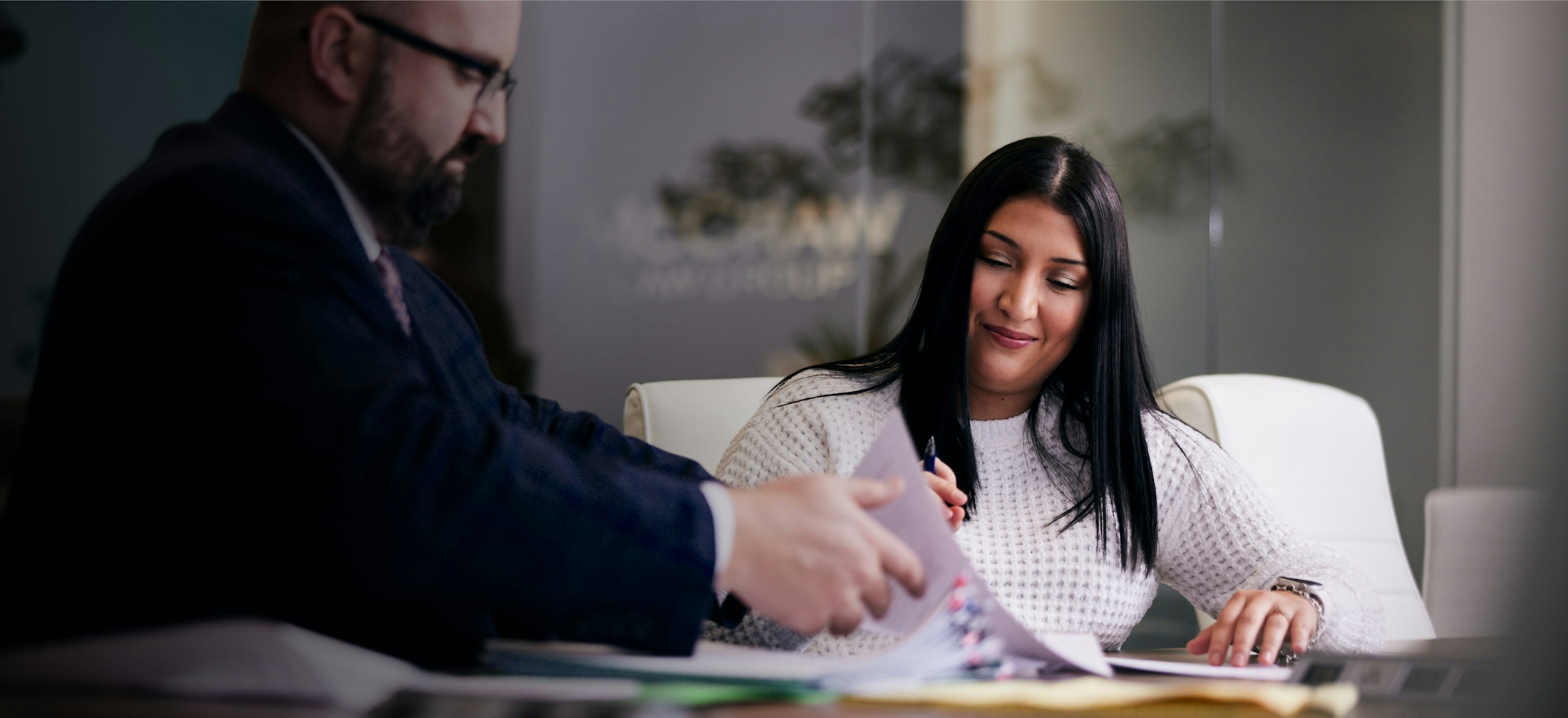Bringing a civil claim against a negligent party is not easy. The burden of proof in McKinney slip and fall cases falls to the victims of the accident. Gathering evidence while you are injured posses challenges that could prevent you from making a recovery. Instead, let an attorney shoulder some of the tasks at hand. With the help of a lawyer who could gather evidence, compile the facts of your case, and vie for compensation in court, you could focus on your recovery.
Potential Defenses by Wrongdoers
The defense uses different techniques to argue against slip and fall claims. Even still, the burden of proof for McKinney slip and fall cases is on the victim. In Texas, one of the defenses to slip and fall cases is that the danger was open and obvious. When a danger is open and obvious to everyone, that is a defensive issue. A summary judgment could be granted in Texas on that defensive issue as something that most people would consider an issue of fact, what is open and obvious to somebody versus what is not open and obvious.
It is critical in fighting these defenses to show that the defendant knew or should have known of the problem, but the problem was not open and obvious to the person who was injured at the time and place of the injury. In some circumstances, the defect might be open and obvious in the daytime and not open and obvious at night. If the injury happens after dark, the way a premise is designed may enhance the danger at night.
For example, lights focused on trees in a shopping center from a cutout through a sidewalk.
The lights shine into people’s eyes after dark and they do not see the cutout because of the light in their eyes. That is a potential premises defect.
Because of the way slip and fall cases are defended, the open and obvious defense is easy to develop when putting the evidence together, but difficult to respond to by the injured person. The plaintiff’s lawyer must deal with the burden of proof in McKinney and show it was obvious to the property owner but was not obvious to the injured party under all of the circumstances surrounding the injury.
Stores are often designed specifically to draw people’s eyes away from the floor to merchandise. Sometimes, the evidence is essential to show that a particular issue on the floor was not open and obvious to the person who was shopping because of the nearby items designed to lift people’s eyes off the floor.



